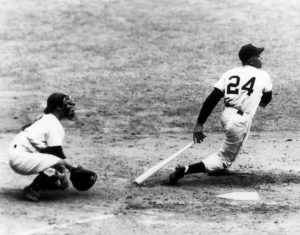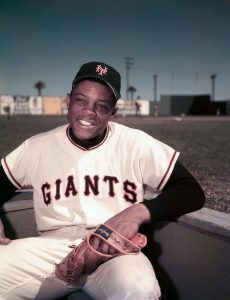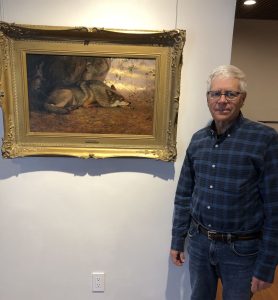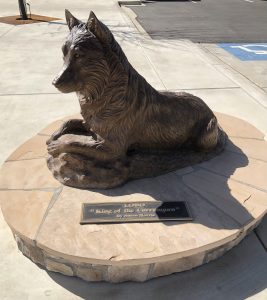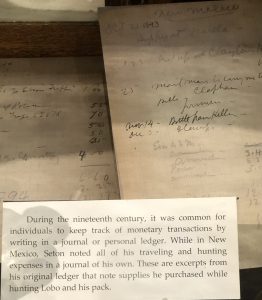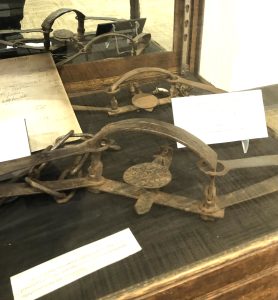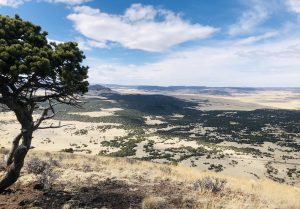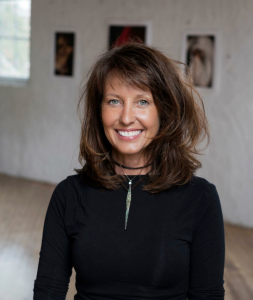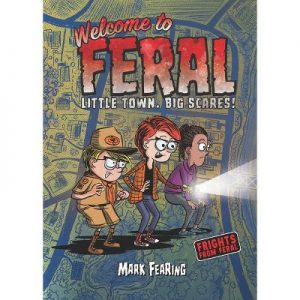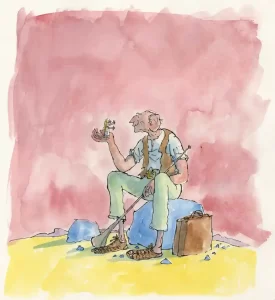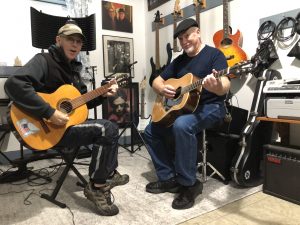Writing song lyrics is a great way to express yourself. What are you thinking about? How are you feeling? What makes you mad, sad, happy, or afraid? What do you wish for? Write about it in a song.
Don’t know where to start? Listen to your favorite songs. Write out the lyrics. If you can’t make out all the words, search for them online. When you have the words in front of you, study them. What do you notice? Is there rhyming? What’s the pattern? Notice what is the same and what is different in the songs you like.
Song lyrics are made up of verses and a chorus, the part that gets repeated during the song. Many songs have a bridge, a part that is different than the verses and chorus. It provides more variety to your song. But let’s not concern ourselves with bridges at this point. Let’s keep it simple.
Do you play music? If so, you can start by developing a melody you like and then adding the words to it. Or, you can begin with the lyrics. Select your topic and stick to it as you write. One way to write lyrics is to start with a title. Ask yourself what you want to say about the title. Then, say it in your verses and chorus. Try to create a rhythm in your lines that sounds good when you say them aloud. If you’re using rhymes, make them consistent. Use an online rhyming site to help you.
When you’ve finished, you can add music if you haven’t already done it. If you don’t play an instrument, you can create the melody with you voice. Or, you can find someone who can add the music. That’s what I’ve done. I showed some of my lyrics to a guy who has been in the music business for 40 years, who’s been in bands, made records, and written his own music. He really liked the lyrics I showed him and has been creating the music to go with them. The songs will be made into a CD when we have enough.

Below is an example of one of the songs we’ll be recording. The lyrics reflect my thoughts and feelings about about fall. What do you think they are? How do you know?
Round, Round, Round
Fall is falling
Falling fast
Fall is falling
Nothing lasts
Round, round, round
Round we go
Cool and crispy
Morning air
Cool and crispy
Everywhere
Spinning round, round, round
Spinning round, round, round
Round we go
Stretched out on the ground
Arms opened wide
Living this moment
Nature’s the guide
Bursts of colors
All around
Bursts of colors
Not a sound
Spinning round, round, round
Round we go
Traces of smoke
Burning leaves
Traces of smoke
Trees grieve
Spinning round, round, round
Round we go
What a show
The best you’ll ever know
Ever know Robert Young, G.T. Albright, 2021

